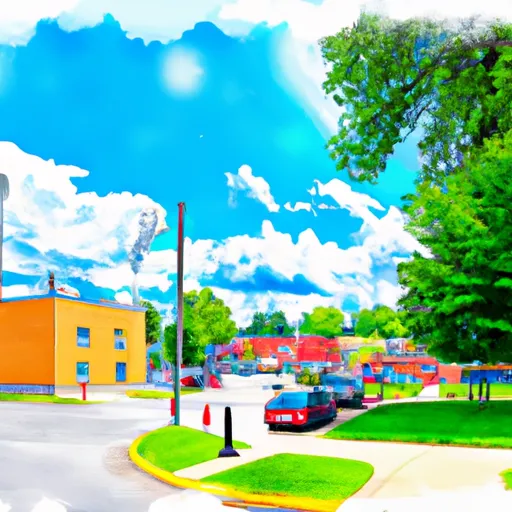°F
°F
mph
Windspeed
%
Humidity











Cecil is a village in Shawano County, Wisconsin with a humid continental climate characterized by warm summers and cold winters. The area is known for being surrounded by dense forests and abundant freshwater resources, including several lakes and streams, which support diverse aquatic life. The village also hosts several recreational activities, such as hiking and biking trails, fishing, and boating. The nearby Shawano Lake is a popular spot for water sports, while the Navarino Wildlife Area offers birdwatching, hunting, and wildlife viewing opportunities. The area is also known for its snowmobiling and cross-country skiing trails during the winter months. Overall, Cecil offers a unique and diverse outdoor experience for nature enthusiasts and sports enthusiasts alike.
Weather Forecast
Cecil receives approximately 796mm of rain per year, with humidity levels near 83% and air temperatures averaging around 7°C. Cecil has a plant hardyness factor of 4, meaning plants and agriculture in this region thrive during a short period during spring and early summer. Most plants will die off during the colder winter months.
Regional Streamflow Levels
3
Cubic Feet Per Second
101
Cubic Feet Per Second
23
Cubic Feet Per Second
17
Cubic Feet Per Second
Nearby Camping
| Camping Area | Reservations | Toilets | Showers |
|---|---|---|---|
| McLain State Park | |||
| Charley Brown City Park | |||
| Village Park | |||
| Des Plaines State Conservation Area | |||
| South City (Gibson) Park | |||
| Gratiot River County Park |



